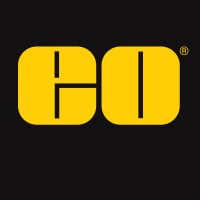I have been looking around regarding the laser power tolerance of AR coated lens and mirrors.
However, I don't know how to do the math to really find out. There are a bunch of numbers thrown around but nothing I can actually use. They do have some info for UV-fused silica, but that base material is not typically what a hobbyist uses.
In W/mm^2 what is the damage threshold a AR coated lens and mirrors in continuous operation?
Wavelength: 445nm
Material: BK7
Coating: AR Broadband (400~700) - HR Dielectric (400-750)
However, I don't know how to do the math to really find out. There are a bunch of numbers thrown around but nothing I can actually use. They do have some info for UV-fused silica, but that base material is not typically what a hobbyist uses.
In W/mm^2 what is the damage threshold a AR coated lens and mirrors in continuous operation?
Wavelength: 445nm
Material: BK7
Coating: AR Broadband (400~700) - HR Dielectric (400-750)






